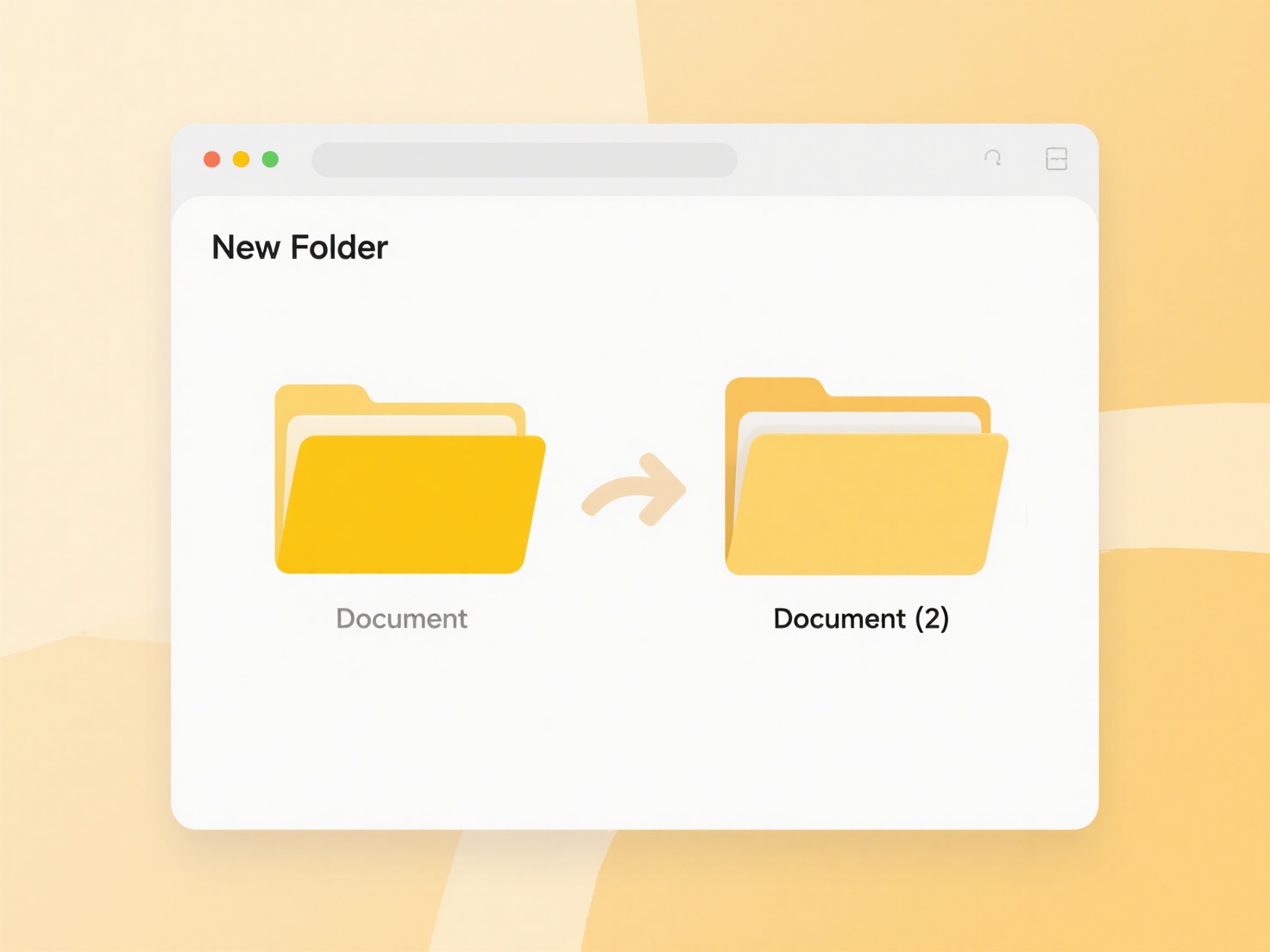
Labeling files by content category means assigning descriptive tags based on their subject matter or purpose rather than file type or creation date. It involves grouping files sharing similar themes, like "Marketing Campaigns," "Financial Reports," "Product Specifications," or "Customer Feedback." This differs from basic organizational structures such as folders named after projects or dates because it focuses specifically on the information within the files, making them easier to locate through search and filter functions regardless of where they reside.

This practice is fundamental across many industries. For instance, human resources departments use content labeling in document management systems to categorize employee records such as "Resumes," "Performance Reviews," and "Training Certificates." Similarly, individuals manage personal photo libraries by applying category tags like "Family Vacation," "School Events," or "Landscapes" within platforms like Google Photos or Adobe Lightroom. Content labels often appear as metadata fields within file properties or database entries.
The primary advantages are vastly improved information retrieval and workflow efficiency, reducing time spent searching for files manually. However, establishing and maintaining consistent labeling requires initial effort and organizational agreement on categories to prevent confusion. Subjectivity in classification can also be a challenge. Automation using AI file analysis is emerging to reduce manual workload, though ensuring ethical and unbiased category assignment in such systems remains important.
How do I label files by content category?
Labeling files by content category means assigning descriptive tags based on their subject matter or purpose rather than file type or creation date. It involves grouping files sharing similar themes, like "Marketing Campaigns," "Financial Reports," "Product Specifications," or "Customer Feedback." This differs from basic organizational structures such as folders named after projects or dates because it focuses specifically on the information within the files, making them easier to locate through search and filter functions regardless of where they reside.

This practice is fundamental across many industries. For instance, human resources departments use content labeling in document management systems to categorize employee records such as "Resumes," "Performance Reviews," and "Training Certificates." Similarly, individuals manage personal photo libraries by applying category tags like "Family Vacation," "School Events," or "Landscapes" within platforms like Google Photos or Adobe Lightroom. Content labels often appear as metadata fields within file properties or database entries.
The primary advantages are vastly improved information retrieval and workflow efficiency, reducing time spent searching for files manually. However, establishing and maintaining consistent labeling requires initial effort and organizational agreement on categories to prevent confusion. Subjectivity in classification can also be a challenge. Automation using AI file analysis is emerging to reduce manual workload, though ensuring ethical and unbiased category assignment in such systems remains important.
Related Recommendations
Quick Article Links
Can I enforce a naming pattern on file uploads?
Enforcing a naming pattern on file uploads means implementing a rule or requirement that user-submitted files must follo...
How do I enforce company-wide organization standards?
Company-wide organizational standards are the documented rules, guidelines, and procedures established to ensure consist...
Can I open a .pdf in Word?
Yes, you can open a PDF file in Microsoft Word. This feature instructs Word to import the PDF content, perform an automa...